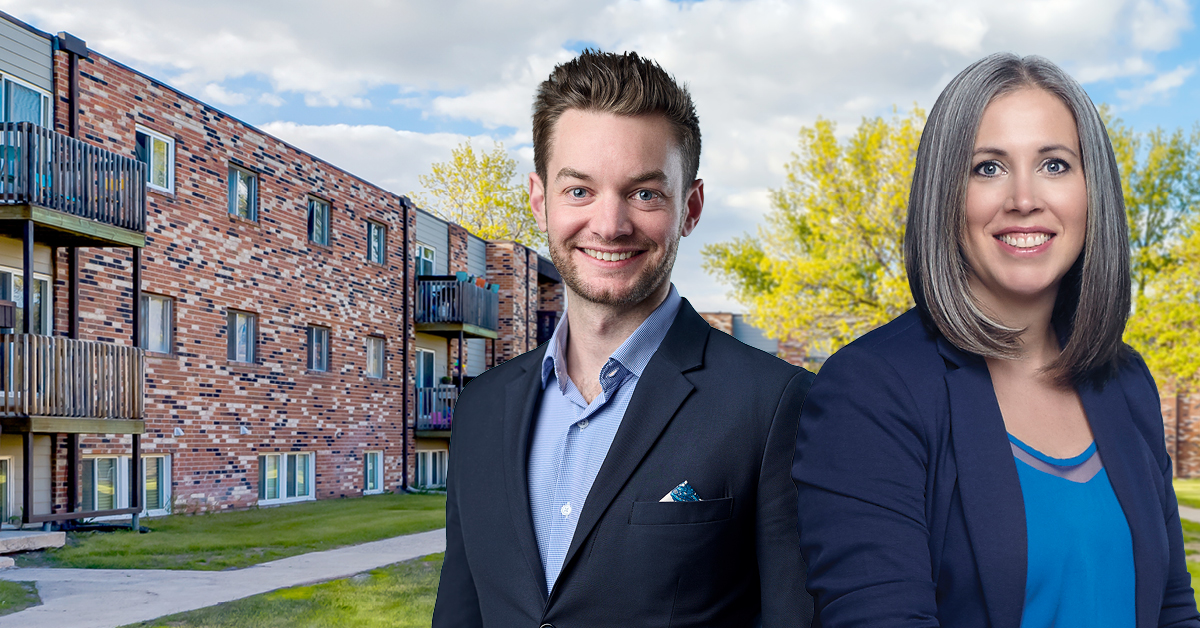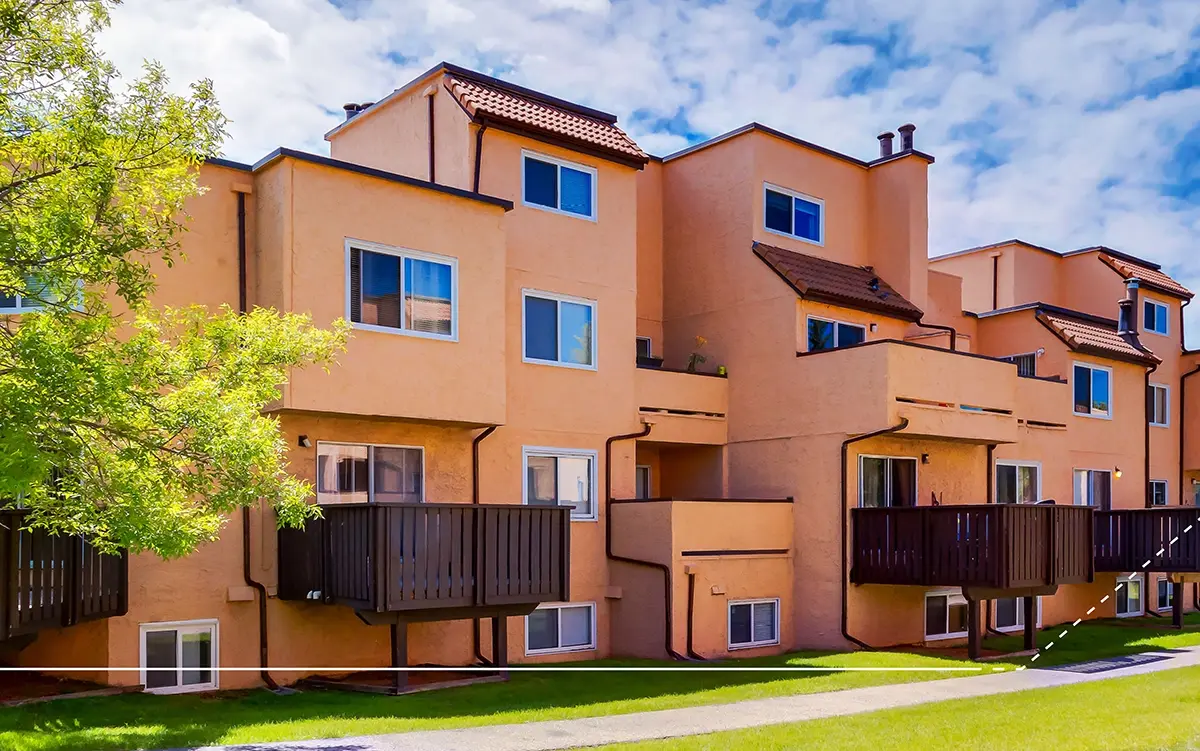The past year has been punctuated with announcements of rising interest rates, as the Bank of Canada (BOC) redoubled their efforts to combat inflation with successive rate hikes. The latest, in July, brought the overnight rate up by 25 basis points to 5%, its highest since early 2001. Changes in interest-rate policy can have wide-ranging effects throughout the economy, and for real estate investors, it’s vital to interpret the different outcomes between long-term and short-term rates. Understanding the inversion of the yield curve — where long-term interest rates are lower than short-term rates — can help well-prepared property owners mitigate risk.
Understanding the Yield Curve

Figure 1
During the period of rising interest rates, there has been a notable difference between prime-based borrowing rates and bond-based borrowing rates in Canada. While the prime rate has experienced significant increases (from 2.7% in March of 2022 to 6.95% in June of 2023), the Canadian 10-year bond rate has remained relatively stable over the same period. Whereas retail borrowing is often based on prime, commercial borrowing is traditionally based on long-term government bonds. Therefore, well-managed commercial borrowers will generally be less impacted — as compared to retail borrowers — by the recent rise in interest rates. One of the many upsides to indirect real estate investment through entities such as REITs is that investors are able to benefit from the relationships and knowledge of a team of experts. By indirectly investing in real estate, everyday investors can take advantage of bond-based borrowing rates through a strategic asset manager, without becoming a commercial borrower themselves.
With the Canada Mortgage and Housing Corporation (CMHC) setting lending rates at a spread over the 10-year bond, those who have access to bond-based borrowing for long-term decisions have been in a more favourable position since the beginning of 2022. A visual representation of these trends can be observed in Figure 1.

Figure 2
As per Figure 2, during an inverted yield curve, where long-term interest rates are lower than short-term rates, long-term borrowing becomes cheaper than short-term borrowing. By securing financing at lower rates, long-term borrowers benefit from stability and predictability in their interest costs over an extended period. Conversely, short-term borrowers and those with variable rates may experience heightened volatility and financial strain as their borrowing costs increase in response to rising short-term interest rates. The inversion of the yield curve emphasizes how important it is for borrowers to consider duration and structure when interest rates are rising.
Rental property owners facing rising interest rates can take advantage of the differences in duration between short-term leases and long-term debt. Using long-term debt instruments, such as a 10-year mortgage, alongside shorter lease terms, allows property owners to adjust to changing market conditions in real-time, counterbalancing the impact of higher borrowing costs. However, property owners should also consider market conditions and the resident experience before implementing this strategy.
Interest Rates and Homeownership
Rising interest rates — and the resulting increased cost of short-term borrowing — can have a negative impact on development projects, lowering construction activity and limiting the supply of housing units. With fewer developments, the cost of housing increases, leading to higher rents and housing prices. Scarcity of supply and increased borrowing costs compel developers to set higher prices for their projects, ultimately affecting affordability.
A survey conducted by Chartered Professional Accountants Canada identified several barriers to homeownership among non-homeowners in the country. Rising interest rates were cited as the top obstacle by 89% of respondents, followed closely by the affordability of down payments (84%), necessary renovations (83%), and finding a home in a desired area (83%). Other challenges included taxes and mortgage payments (81% each) and income instability (69%).
Existing homeowners also faced hurdles, with renovation costs affecting three out of five individuals, ongoing difficulties in affording home maintenance (46%), and challenges with mortgage payments, property taxes, and utility payments for varying percentages of respondents. These findings shed light on the financial obstacles Canadians encounter in their quest for homeownership, as well as the ongoing strains faced by prospective and existing homeowners.
Navigating the Landscape
Canada’s rising interest rates present distinct challenges for many sectors of the economy — but they also give rise to opportunities. It’s essential for borrowers to understand the benefits and drawbacks of short- and long-term interest rates and formulate their debt strategy accordingly. For property owners, understanding the interest-rate landscape, managing duration, and responding to local market conditions can help minimize borrowing costs and optimize revenue.
Understanding how an asset manager uses different debt vehicles to mitigate risk and reduce borrowing costs allows investors to make informed decisions. Asset managers like Avenue Living, for example, can make strategic use of short- and long-term borrowing to potentially maximize returns and de-risk their portfolios. Considering an asset manager’s borrowing strategy — along with other factors — can help investors find the vehicle that’s right for them.
This commentary and the information contained herein are for educational and informational purposes only and do not constitute an offer to sell, or a solicitation of an offer to buy, any securities or related financial instruments. This article may contain forward-looking statements. Readers should refer to information contained on our website at https://avenuelivingam.wpenginepowered.com/forward-looking-statements for additional information regarding forward-looking statements and certain risks associated with them.





